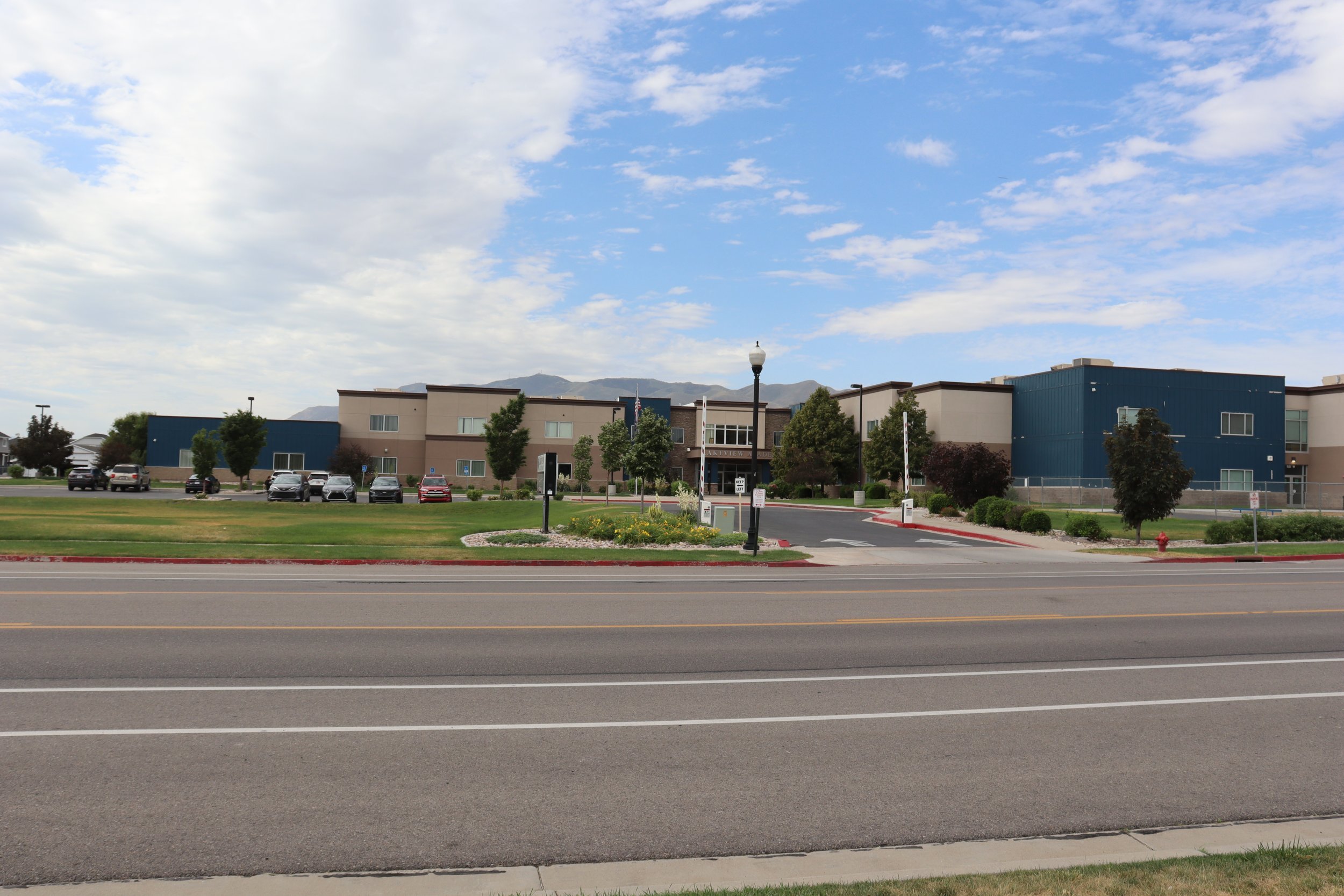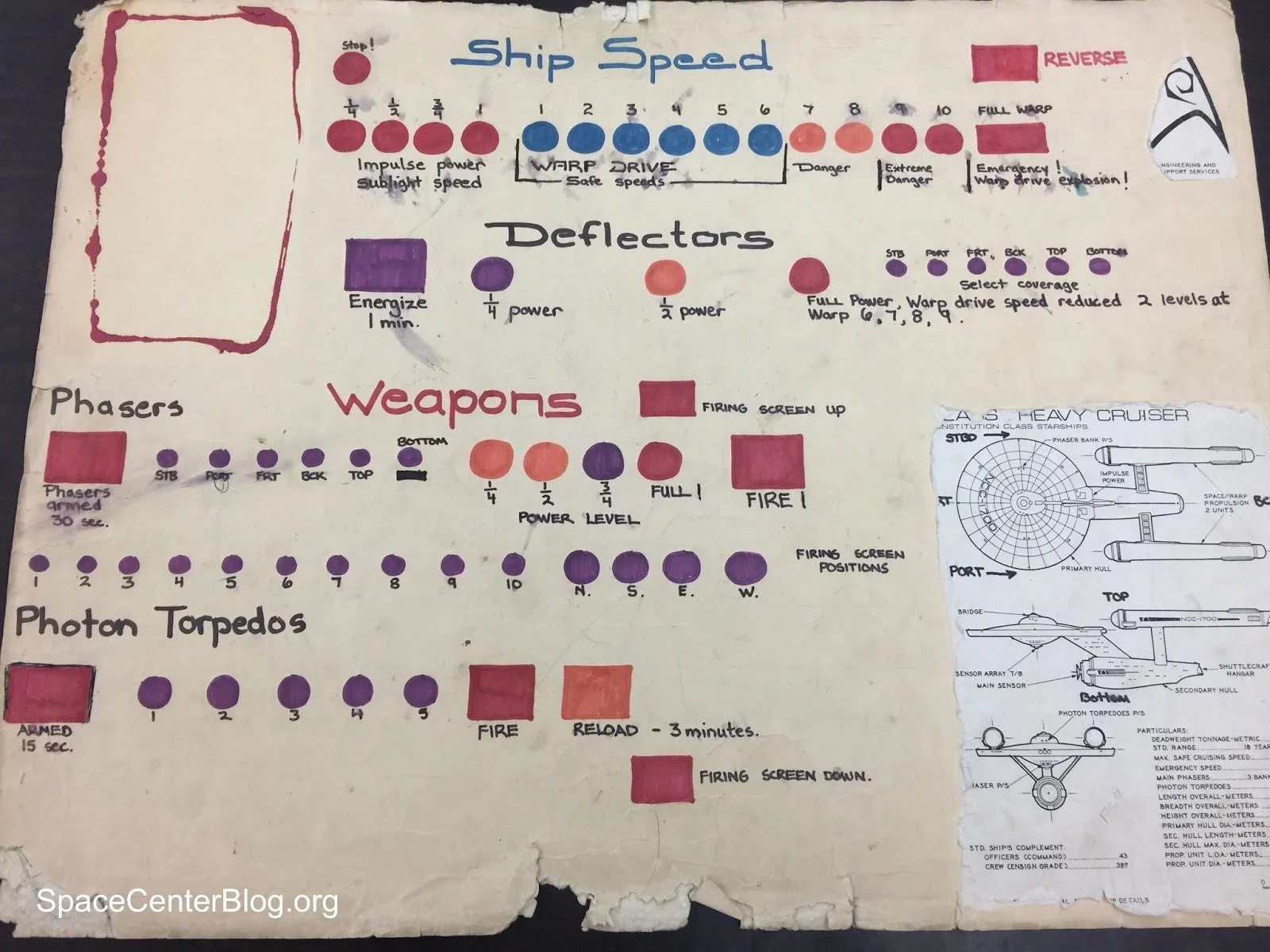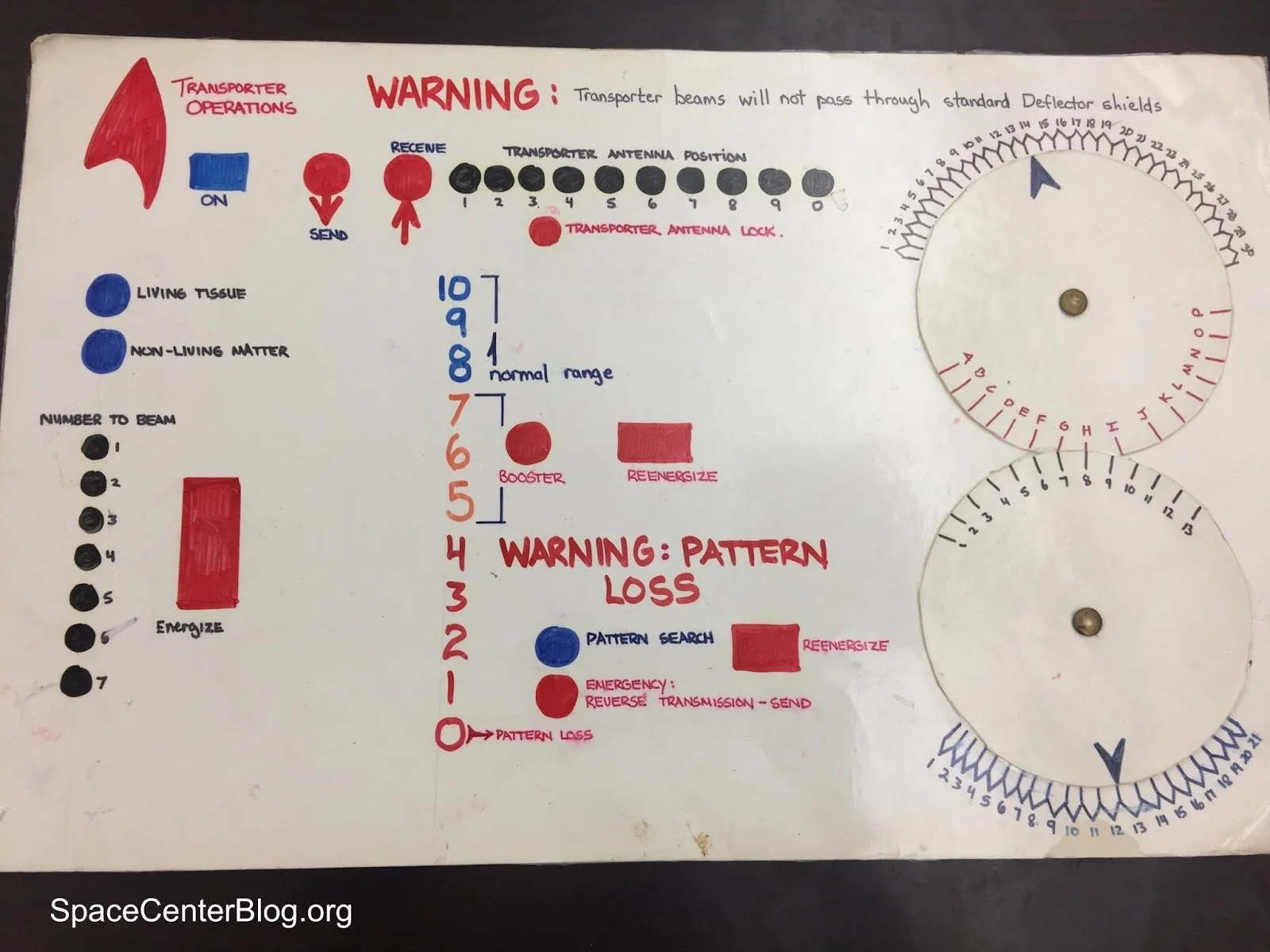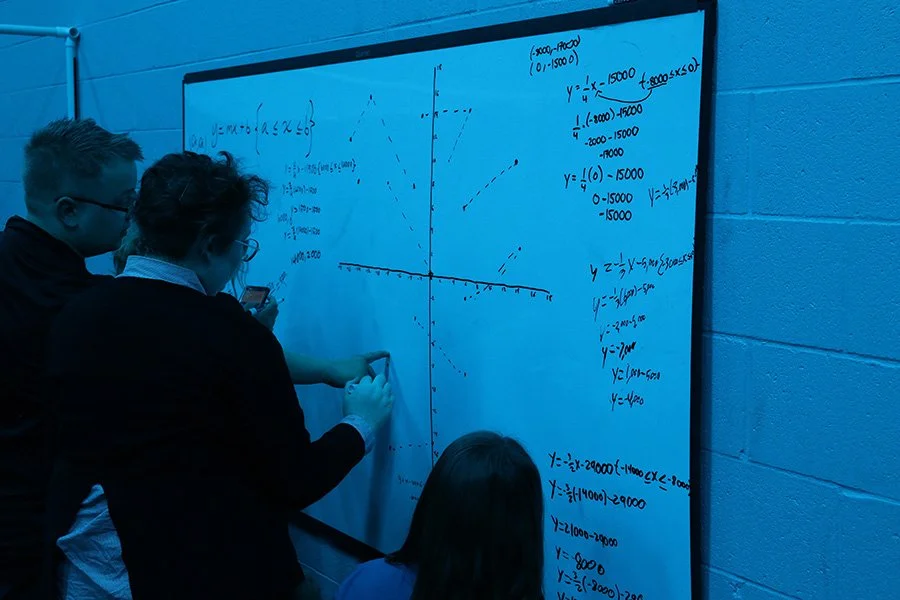

Utah Schools & Space Centers
Most people know the Space Center as an entertainment venue where people fly spaceships, and go on epic adventures! This is true, but it isn’t the whole story. Every Space Center in Utah is either inside of, or directly adjacent to a school. This is, in part, because the concept of the Space Center actually started in the classroom.
Victor Williamson, a then student-teacher, was tasked with teaching the space unit to a class of 6th graders. Wanting to really show his skills as an educator, he decided to do something that would really grab the attention of the class. He took inspiration from shows like Star Trek and Carl Sagan’s Cosmos, and turned his classroom into a full-fledged spaceship! The desks were arranged like the bridge of the original Enterprise, controls were drawn onto poster boards, and an overhead projector displayed images against the wall to serve as the ship’s viewscreen. The class learned about space as they flew around on a sci-fi adventure!
Paper Controls used on the first Space Simulator, the Pegasus. Images taken from Mr. Williamson’s blog: spacecenter.blogspot.com
That classroom mission would serve as the catalyst for both Christa McAuliffe Space Center and every space center that would come after it. All of these centers draw inspiration from Mr. Williamson’s work, immersing people in the worlds of tomorrow to help them learn about the world of today.
Expanding and Evolving
Every center would take the concept in new directions. Some ran field trips, others ran after-school programs or summer camps. Lion’s Gate, alongside Lakeview Academy, wanted to improve upon the original concept of the classroom starship, building on thirty years of technological innovation to create something new.
We wanted to run proper space missions that not only taught about space, but other subjects like math, science, history, etc. All as part of the school day. Lion’s Gate was the first to do this, and paved the way for other schools to follow.
The program launched in 2013. And over the past 12 years, we’ve refined and expanded the concept, creating a one-of-a-kind program for our students!
Lakeview Academy Logo
Discipline Through Wonder
We strive to ensure that the missions we fly are as immersive as possible. When real-world elements are removed, it helps people connect with this futuristic world, and really feel like they are flying a ship in the distant future. Once someone is in that state of mind, the various concerns and worries of the real world fade as they step into the role they’ve been given.
It may seem odd to write an entire story around a couple math lessons, but creating that feeling of wonder can give a child the extra push they need to really step up to the challenge. It naturally encourages them to think about the world around them (real and otherwise) and find answers to the questions they have.
Middle School Graphing A Path Through A Laser Grid
Teamwork & Problem Solving
Space missions are designed from the ground up as a team-oriented experience. Each ship has a Captain that leads the crew, and each participant helps in making the ship work. This means that in order to succeed, they have to be able to think strategically, communicate effectively, and coordinate as a team.
With the younger students, this often comes down to everyone doing things together as a team. But as they get older, the problems can become more specific. It could be combating the spread of rumours, making decisions under pressure, delegation of work, and more. Add some physical tasks like hiding from patrolling guards, and watch as the students step into the spotlight and show what they are capable of!
2nd Graders Sneaking Around Asteroids
Endless Possibilities
When the Space Center is at its best, it is a factory for curiosity and inspiration. It takes people out of their normal routine, and shows them what could be. All while teaching them lessons about the real world along the way. Every grade, Kindergarten to 9th grade, does four missions per year. Add bonus missions for things like electives, and that’s almost fifty different stories flown per year, each one designed to help teach something new, or reinforce what the students already know. Maintaining that feeling of wonder and curiosity demands a near constant push to improve, to go beyond what may seem impossible now. What once was imaginary buttons on pieces of paper has evolved into a multimedia set with lighting, sound, actors, and music. Every aspect of what we do helps in creating that same feeling of wonder Mr. Williamson created for his class almost forty years ago, and we are humbled to be helping to carry on that legacy today, and into the future.





